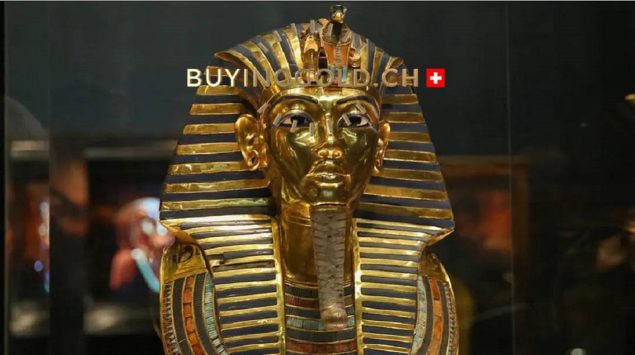
According to the British archaeologists, these buttons, festoons, fibulas and other small objects had a decorative function during the Tudor period: they were used to decorate costumes or hats and to staple coats of important figures. While the fabrics were gradually decomposed at the bottom of the London river, only the gold parts resisted.
The activity of gold diggers on the banks of the Thames has a specific name since the 19th century: mudlarking. In order to avoid the appropriation of these precious items by contemporary mudlarkers, the authorities had declared “national treasures” all gold objects found at the bottom of the river, with an obligation to hand them over to the London Museum, whose collection is expanding every year. And for those who are not eager to travel to London, the Thames Museum allows visitors to view more than 100 items discovered in the famous river online at www.thamesmuseum.org
ATCBG/EYS/ATC













